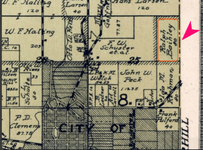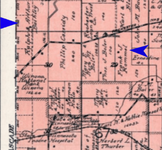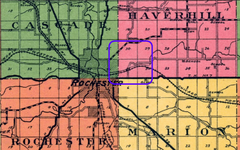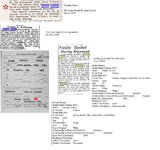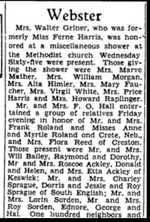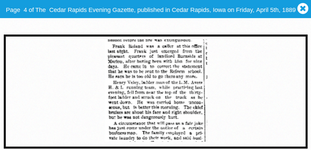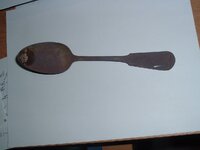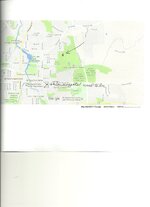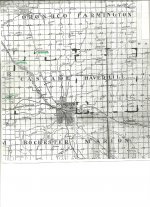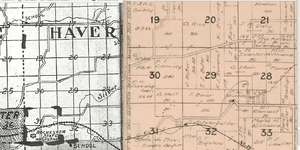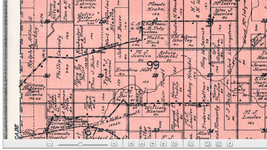BIGSCOTT
Hero Member
the old maps show a east - west railroad, and a north - south railroad running through this vicinty,
in 1910 along the north -south railroad it shows ownership of some land(a long narrow strip) with the name
Baihly, George Baihly was a well known butcher in Rochester but he died in 1895, but you find references to
Baihly's meat market in the newspapers all the way to 1925.
in 1910 along the north -south railroad it shows ownership of some land(a long narrow strip) with the name
Baihly, George Baihly was a well known butcher in Rochester but he died in 1895, but you find references to
Baihly's meat market in the newspapers all the way to 1925.


